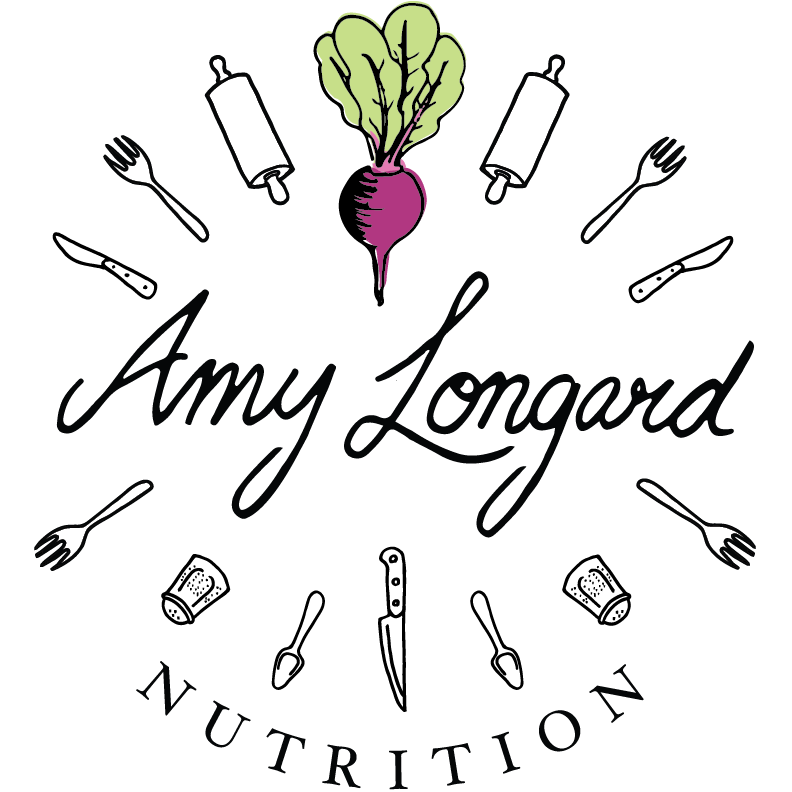Plant-Based Protein: Q & A with vegan fitness pro Sam Shorkey
If you’ve been following my career in the past decade or so, you’ve likely heard of my friend Samantha Shorkey. She’s personal trainer and bodybuilding coach. She is the first-ever vegan World Naturals bikini pro and creator of the blog and podcast “Jacked on the Beanstalk.” In 2020, we published the "Vegan Bodybuilder's Cookbook" which includes 100 high-protein and low carb vegan recipes and meal plans for plant-based bodybuilding. Like me, Sam is a mom, runs her own business, and is a huge advocate for health and wellness. I’m really excited to share this Q&A as I know protein intake is something that baffles plant-based eaters and omnivores alike. Grab a tea (or a protein shake) and enjoy our little chat.
Amy: You're a personal trainer and award winning vegan bodybuilder. So let's address the elephant in the room, where do you get your protein?
Sam: Well I know a lot of vegan bodybuilders LOVE seitan (or wheat gluten flour) because it’s sooooo high in protein and basically no fat or carbs. And I do make a protein pancake recipe with it sometimes. But my go-to protein sources that I eat pretty much every single day are: extra firm tofu (highest in protein of all the tofu varieties), tempeh, my beloved Jacked on the Beanstalk protein powder. And then also quinoa and good ol’ beans – usually roasted chickpeas although both of these are pretty high in carbs too.
A: How much protein do you strive to eat in a day and how do you track it?
S: I usually strive for about 100g of protein daily. Definitely no less than 75g. If I’m getting ready for a photoshoot or vacation and I’m trying to tighten up a bit, I will track my calories and macronutrients via the MyFitnessPal app. But for the most part, I don’t need to track because I know what a portion size is and roughly how much food I should be consuming in order to maintain my current physique. But I do absolutely believe tracking is helpful for people with a particular goal of gaining muscle or lowering body fat. And I think for anyone, no matter your goals, tracking your food intake even for just a couple of days can be very beneficial because it teaches you a LOT about the foods you’re eating and how quickly those calories can add up!
A: Any tips or tricks for increasing protein on a plant-based diet?
S: What I usually say to my clients is to simply make sure there is some protein in every meal they consume. I am always asking myself “where’s the protein in this?” I basically eat small meals throughout the day (usually 5 or 6) and I make sure that at least five of those six meals have a serving of protein. And it doesn’t mean eating tofu or tempeh or having a protein shake five or six times a day. Sometimes a “meal” means just having a protein bar (Simply Protein is my go-to bar) or a piece of Quinoa Toast with jam (recipe on my blog). Or I’ll snack on a bag of Clean Beans (flavourful fava beans – LOVE the salt & vinegar ones.) It’s also important that you genuinely LIKE the foods you’re eating. Yes I eat a high protein vegan diet. But I love the foods I fuel myself with. And I love experimenting with recipes to make them higher in protein like adding protein powder to desserts or throwing edamame beans into a rice dish or tempeh croutons onto a salad. But really, just always ask yourself “where is the protein in this meal” and keep that in the forefront of your mind.
A: Other than helping build muscle, what role does dietary protein play in respect to health and wellness?
S: Protein is one of the most essential macronutrients for muscle growth yes. But also for building lean body mass and repairing muscle because it’s packed with amino acids. And did you know that if your body doesn’t get enough protein from your diet to sustain itself, it will actually take it from your muscles? That means if you don’t give your body enough dietary protein, it will actually cannibalize its own tissue to get what it needs. Protein also helps to keep us feeling full and in doing so, lessen the cravings we have for carbs and fat. And let’s not forget that we lose muscle as we age. In fact, from ages 30 – 70, we can lose more than 25% of our type 2 muscle fibers. It’s called “sarcopenia” and this loss of muscle tissue is a natural part of aging. But through resistance training paired with a high protein diet, we can actually build muscle mass and strength and literally slow down the aging process! So lift heavy weights people! And make sure you’re eating enough protein to fuel that muscle growth and repair.
And that’s a wrap on my interview with Sam. To learn more about her, listen to her podcast and read her blog visit her website Jacked on the Beanstalk. Sam and I have also opened registration to our fitness and nutrition program called “Fit & Healthy Over 40”. Because life is hectic and we know it’s hard to get (and stay) on track when it comes to fitness and food goals, we put our heads together to come up with a plan for you. Over the course of 4 weeks we’ll help you instil solid routines through weekly guided workouts, coaching, community, and cooking classes — all plant-based, of course. Do you need structure and accountability to actually make changes in your life? We are here to support you! To learn more visit our program page or send me an email.


